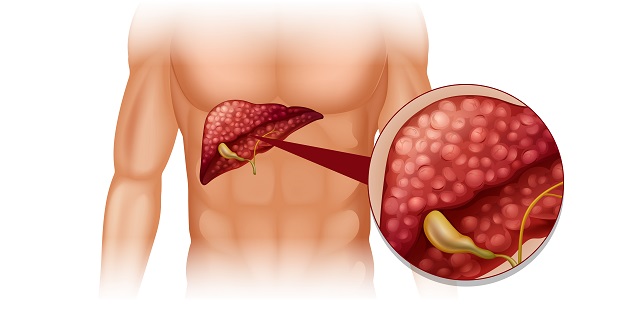
The discovery of a mass in the pancreas or liver can be alarming. While not all masses are cancerous, they warrant timely evaluation due to the potential seriousness, especially with pancreatic or liver tumors often being asymptomatic in early stages.
This article will help you understand what these masses mean, common causes, warning signs, and available treatment options—plus when to consult a specialist.
🧠 What Are Pancreatic & Liver Masses?
- A mass refers to an abnormal growth of tissue. It can be:
- Benign (non-cancerous): Usually slow-growing and doesn’t spread
- Malignant (cancerous): Can invade nearby tissues and spread to other organs
These masses may be solid or cystic, and are often detected during imaging for unrelated symptoms.
⚠️ Common Causes
✅ Pancreatic Masses
- Pancreatic cysts – Some are benign, while others (like IPMNs) have malignant potential
- Pancreatic neuroendocrine tumors (PNETs) – Can be benign or malignant
- Pancreatic adenocarcinoma – The most common and aggressive pancreatic cancer
- Pancreatitis – Chronic inflammation can mimic a mass
- Congenital cysts or pseudocysts – Often occur after pancreatitis
✅ Liver Masses
- Hepatic hemangioma – Most common benign liver mass
- Focal nodular hyperplasia (FNH) – Non-cancerous liver lesion
- Hepatocellular carcinoma (HCC) – Primary liver cancer, often linked to hepatitis or cirrhosis
- Liver metastases – Cancer spread from other parts of the body
- Liver cysts or abscesses – Fluid-filled, often benign or infectious
🚨 Symptoms to Watch
Most pancreatic and liver masses are silent in the early stages, but symptoms may appear as they grow:
Pancreatic Mass Symptoms:
- Upper abdominal pain radiating to the back
- Unexplained weight loss
- Loss of appetite
- Jaundice (yellowing of skin/eyes)
- Nausea or vomiting
- New-onset diabetes
Liver Mass Symptoms:
- Right upper abdominal pain or fullness
- Jaundice
- Fatigue or weakness
- Unexplained weight loss
- Swelling in the abdomen (ascites)
🧪 How Are They Diagnosed?
Diagnosis typically involves:
- Ultrasound, CT scan, or MRI
- Blood tests including liver function and tumor markers (e.g., AFP, CA 19-9)
- Endoscopic Ultrasound (EUS) for pancreatic masses
- Biopsy – To determine if a mass is benign or malignant
🩺 Treatment Options
Treatment depends on whether the mass is benign or malignant:
- Observation – For small, benign masses with no symptoms
- Surgical removal – If the mass is large, symptomatic, or cancerous
- Chemotherapy, radiation, or targeted therapy – For pancreatic or liver cancers
- Liver transplant – In select cases of liver cancer
- Ablation or embolization – Minimally invasive procedures for liver tumors
📞 When to See a Doctor
Seek immediate medical attention if you experience:
- Jaundice
- Unexplained abdominal pain or weight loss
- Changes in appetite or digestion
- A new or growing liver/pancreas lesion on imaging
- Family history of pancreatic or liver cancer
❓ FAQs
Are all pancreatic or liver masses cancerous?
No. Many are benign but need evaluation to rule out malignancy.
Can a benign liver mass turn into cancer?
Rarely, but some lesions like dysplastic nodules in cirrhosis can become cancerous.
Is biopsy always required?
Not always—some masses have characteristic imaging features. But biopsy is needed when malignancy cannot be ruled out.
✅ Final Thoughts
If you or a loved one has been diagnosed with a pancreatic or liver mass, don’t panic—but don’t delay either. Timely evaluation and early intervention make a significant difference, especially in detecting and managing cancerous tumors.
pancreatic mass symptoms, liver tumor signs, liver cancer risk, pancreatic cyst, liver hemangioma, liver mass vs cancer, pancreatic tumor treatment, hepatic lesion causes, fatty liver and tumors, when to worry about liver mass
